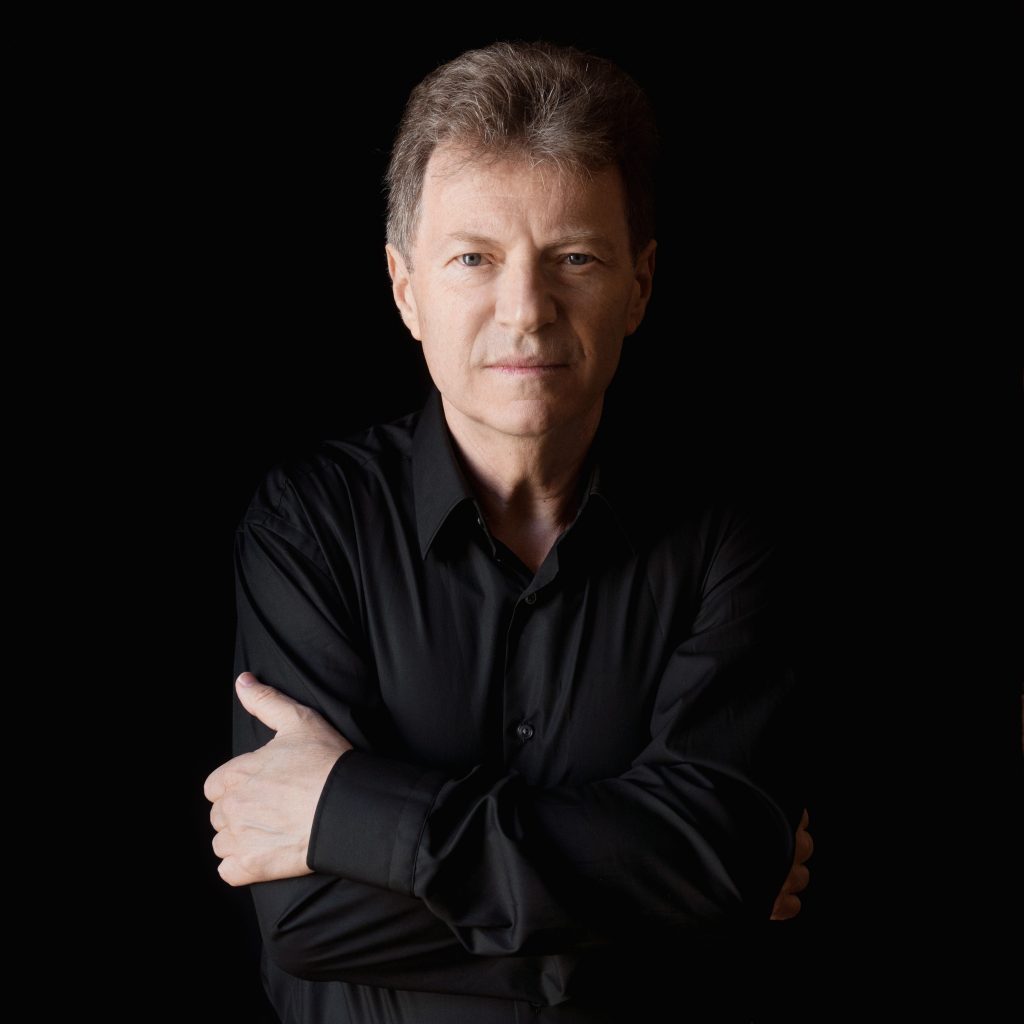
By Dennis D. Rooney
Zubin Mehta, longtime music director of the Israel Philharmonic, was originally scheduled to conduct at the Kravis on Feb. 5, but withdrew due to illness. His place was taken by Yoel Levi, the IPO’s first Israeli music director.
A frequent guest conductor in the U. S., Levi, 68, was from 1978 to 1984 at the Cleveland Orchestra, initially as assistant conductor to Lorin Maazel before serving as that orchestra’s resident conductor from 1980 to 1984. He was conductor of the Atlanta Symphony from 1988 to 2000, where he became known as an orchestra builder and made an extensive series of recordings for Telarc. In 2001, the IPO appointed him principal guest conductor.
In Dreyfoos Concert Hall, he led an all-Austrian program featuring two works: the Symphony No. 3 in D (D. 200) by Franz Schubert, and the Symphony No. 7 in E (WAB 107) by Anton Bruckner.
Schubert composed his symphony in 1815 when he was 18. Its four movements are very much in the vein of Haydn: predominantly cheerful in mood, with rustic elements introduced in the slow movement (Andantino) and trio of the Scherzo (Sehr schnell), with a notable clarinet solo in the former.
Only in the finale, a Presto vivace romp, does the music suggest the composer’s later symphonic style. Observing the exposition repeat in the opening movement, Levy led a sprightly performance that hit all the marks, in particular the pleasing individuality of the woodwinds and the excellent ensemble overall.
Schubert was still living when Bruckner was born in 1824, and the two composers’ Austrian roots are unmistakable despite the vast differences in their musical utterance. Schubert was a string player, while Bruckner became a virtuoso of the organ, from whose textures symphonic expression naturally evolved.
The Seventh, begun in 1881, received its first performance in December 1884, in Leipzig, conducted by Arthur Nikisch. It is the first of Bruckner’s final symphonic trio and shows the composer in full possession of his craft. It is most famous on account of its slow movement, an Adagio composed as a tribute to Richard Wagner that includes four Wagner tubas.
Bruckner had a presentiment that his musical idol would not live much longer, and in fact, during the orchestration of the movement, Wagner died. At the point in the movement where he learned of it, Bruckner inserted a cymbal crash accompanied by a triangle. Did he? Or did Nikisch insist on it? Controversy still surrounds the matter; however, Bruckner never deleted it and most conductors include it, as did Levi.
If the performance rarely attained eloquence, it was always on a very high level instrumentally. The string choirs seemed much improved since my last hearing of the orchestra two seasons ago. Violins played with a striking tonal suavity, and violas, cellos and basses all were fully engaged in a seeming demonstration of esprit de corps. The individuality of the winds continued to impress.
The horns were resplendent in tone, the trombones only slightly less so and the Wagner tubas sounded glorious despite one unfortunate mishap. The “very solemn and very slow” Adagio was ideally paced, allowing the composer’s extraordinary dissonances to achieve their full effect. Moments of like majesty were heard in the other movements as well.
Bruckner symphonies are infrequently encountered in South Florida because no ad hoc or semi-pro orchestra could possibly meet them on their own terms. The Israel Philharmonic not only could, but did so splendidly.